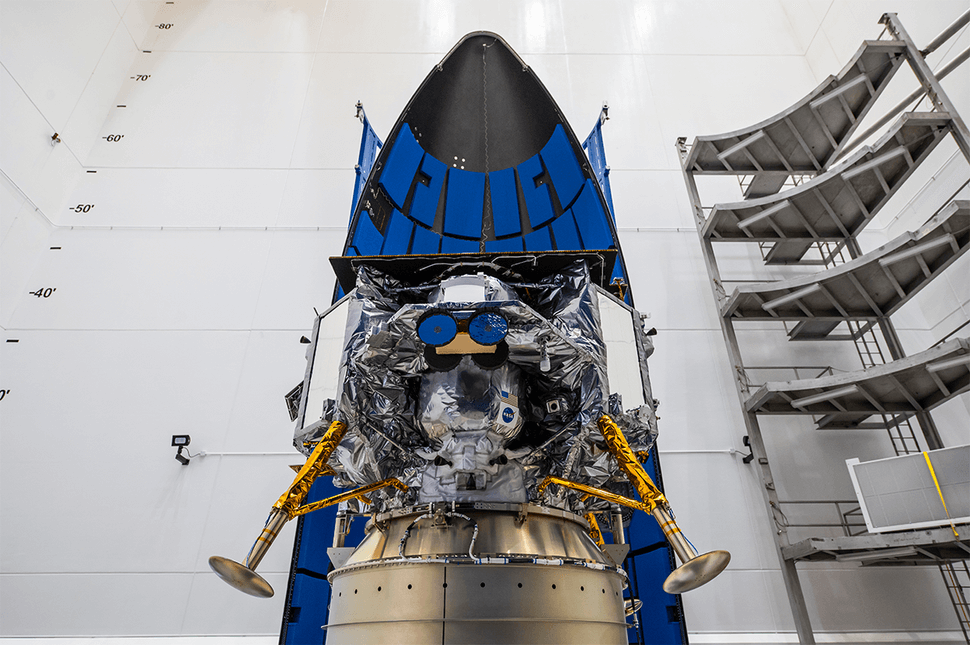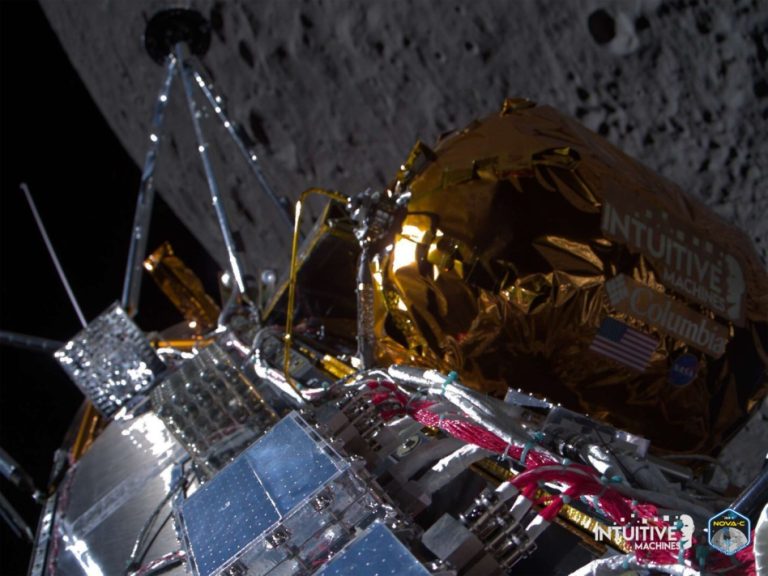
Private Peregrine moon lander won’t make lunar landing due to uncontrollable fuel leak (Image Credit: Space.com)
The moon dreams of Astrobotic’s Peregrine lander are officially dead.
Peregrine launched early Monday morning (Jan. 8) on the debut mission of United Launch Alliance’s Vulcan Centaur rocket. The liftoff went well, but Peregrine experienced an anomaly shortly after deploying from the rocket’s Centaur upper stage.
The robotic lander couldn’t orient itself properly to charge its solar panels, an issue that Astrobotic soon traced to the craft’s propulsion system. Mission team members determined that Peregrine was leaking propellant, an ongoing problem that will prevent the probe from carrying out its mission.
“Given the propellant leak, there is unfortunately, no chance of a soft landing on the moon,” Astrobotic wrote today (Jan. 9) in an update on X (formerly known as Twitter).
Related: 1st photo from crippled private Peregrine moon lander holds clue
The update did provide a bit of good news, however. The team’s latest analyses show that Peregrine has about 40 hours’ worth of fuel left, meaning the lander will survive longer than previously thought. (An update on Monday evening estimated that Peregrine would run out of fuel about 40 hours from then.)
“The team continues to work to find ways to extend Peregrine’s operational life,” Astrobotic wrote in today’s update. “We are in a stable operating mode and are working payload and spacecraft tests and checkouts. We continue receiving valuable data and proving spaceflight operations for components and software relating to our next lunar lander mission, Griffin.”
Griffin is a larger robotic lander that’s scheduled to launch toward the moon late this year atop a SpaceX Falcon Heavy rocket. Griffin will deliver NASA’s ice-hunting VIPER rover to the lunar south polar region, if all goes according to plan.

Peregrine is carrying five scientific instruments for NASA on its current mission, via the agency’s Commercial Lunar Payload Services (CLPS) program. This gear was designed to study the moon’s radiation environment and hunt for water ice near the landing site, among other objectives.
Peregrine also totes 15 other payloads for a variety of customers, including the space-burial company Celestis, whose memorial moon capsule drew objections from the Navajo Nation.
Astrobotic aimed to be the first private company ever to soft-land a probe on the moon. That honor could now go to Houston-based Intuitive Machines, which plans to launch its Nova-C lander next month atop a SpaceX Falcon 9 rocket. Like Peregrine, Nova-C is part of the CLPS program and will carry some NASA scientific gear.








